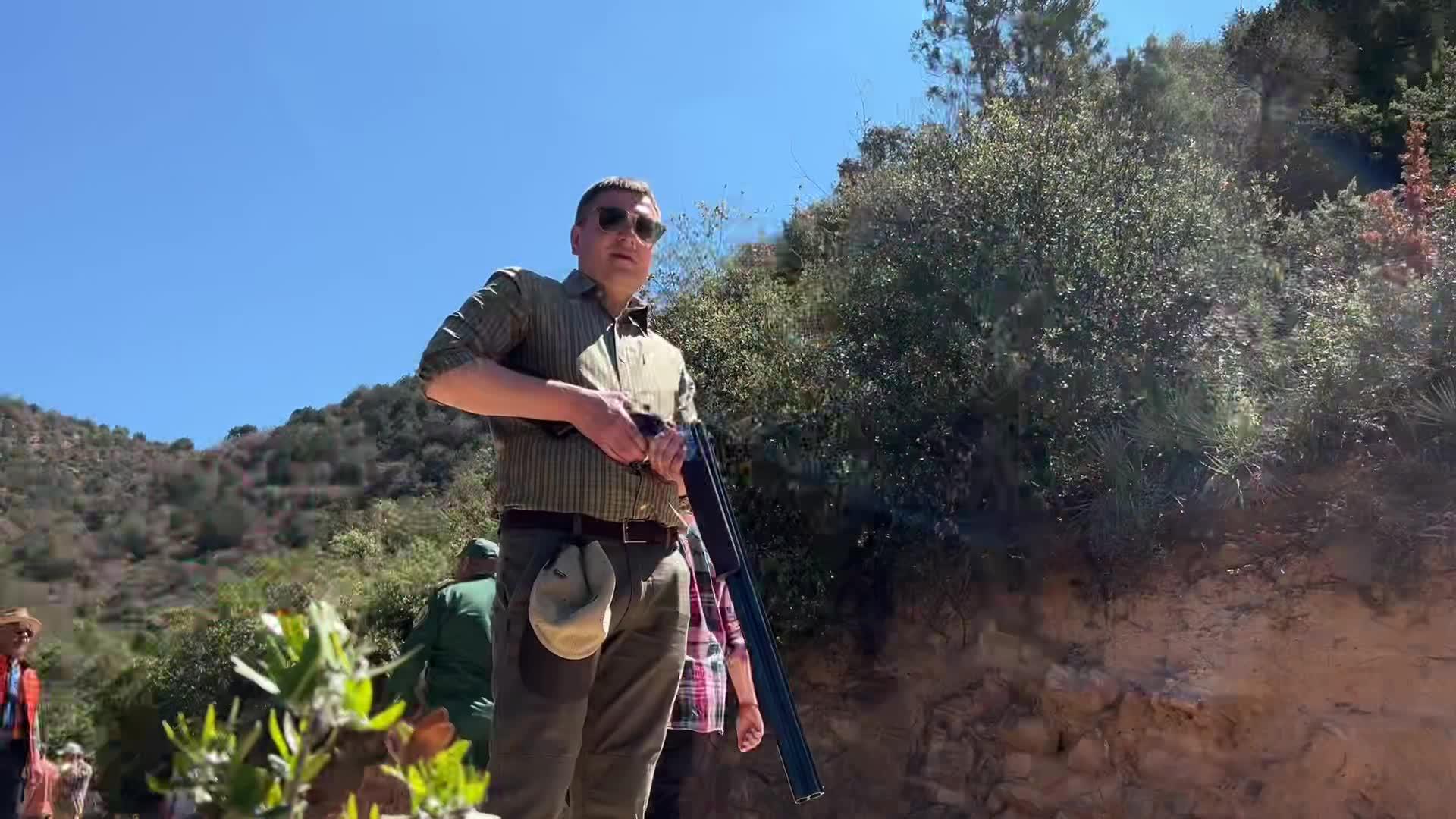
🦌 Hunting Packages in Morocco – Widiane Chasse: A Complete Guide for Discerning Hunters Nestled deep in the Atlas Mountains and overlooking the pristine waters of Lake Bin El Ouidane, Widiane Chasse is Morocco’s premier hunting estate. Managed by the seasoned team at Atlas Sporting, this 70,000-hectare concession offers a rare blend of high-adrenaline shooting, luxury accommodation, and authentic North African terrain. Whether you’re chasing Barbary partridge off cliff faces or stalking migratory quail through almond groves, Widiane delivers a hunting experience that’s as wild as the landscape itself. This guide breaks down everything you need to know about Widiane hunting packages—from species and terrain to pricing, logistics, and what makes this estate a standout in the international hunting scene. --- 🏞️ The Widiane Estate: Terrain & Location • Region: Azilal Province, Central Atlas Mountains • Landscape: Rugged cliffs, deep valleys, oak forests, and cultivated plains • Alti
Post: 15 November 19:54















































